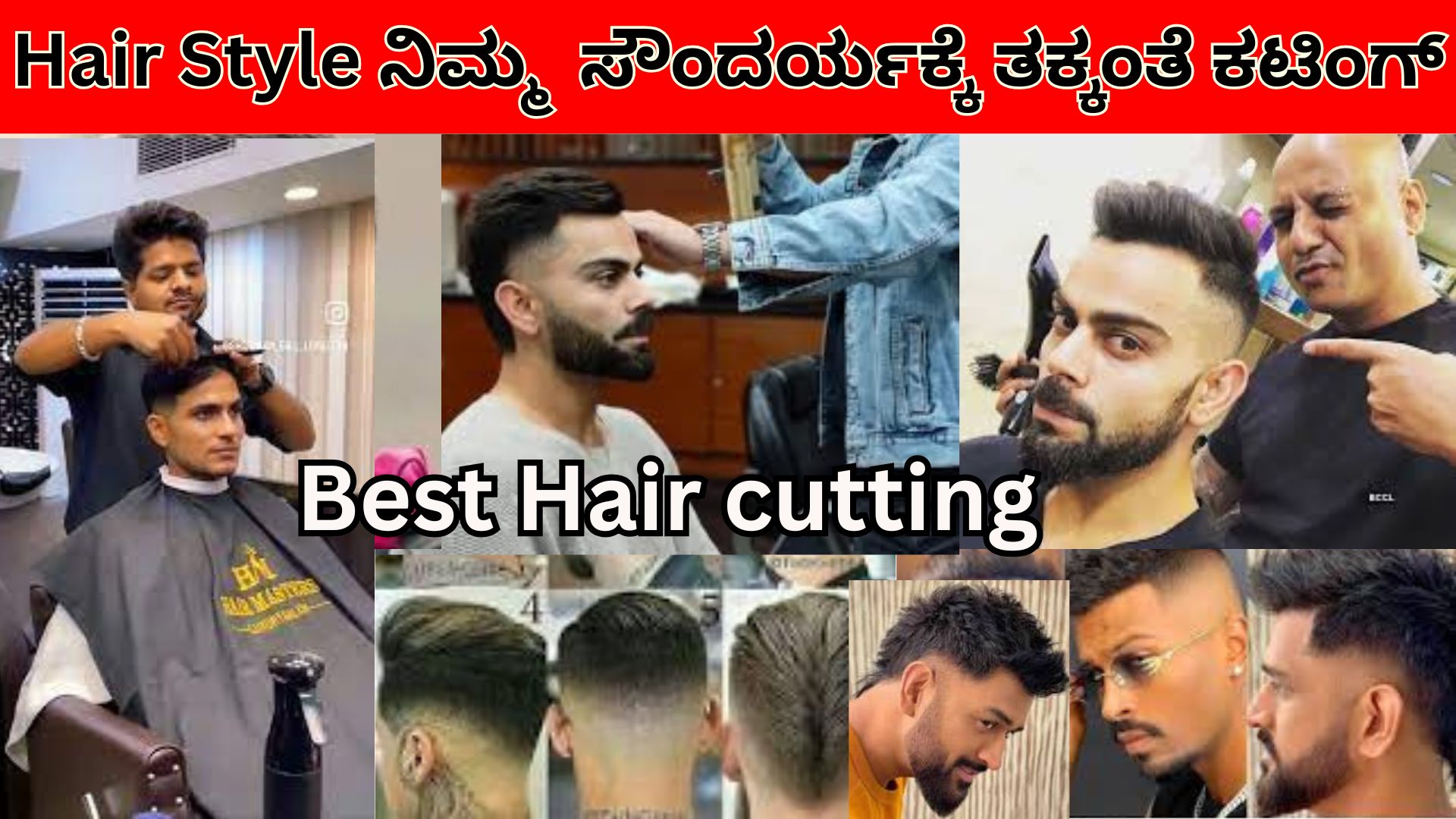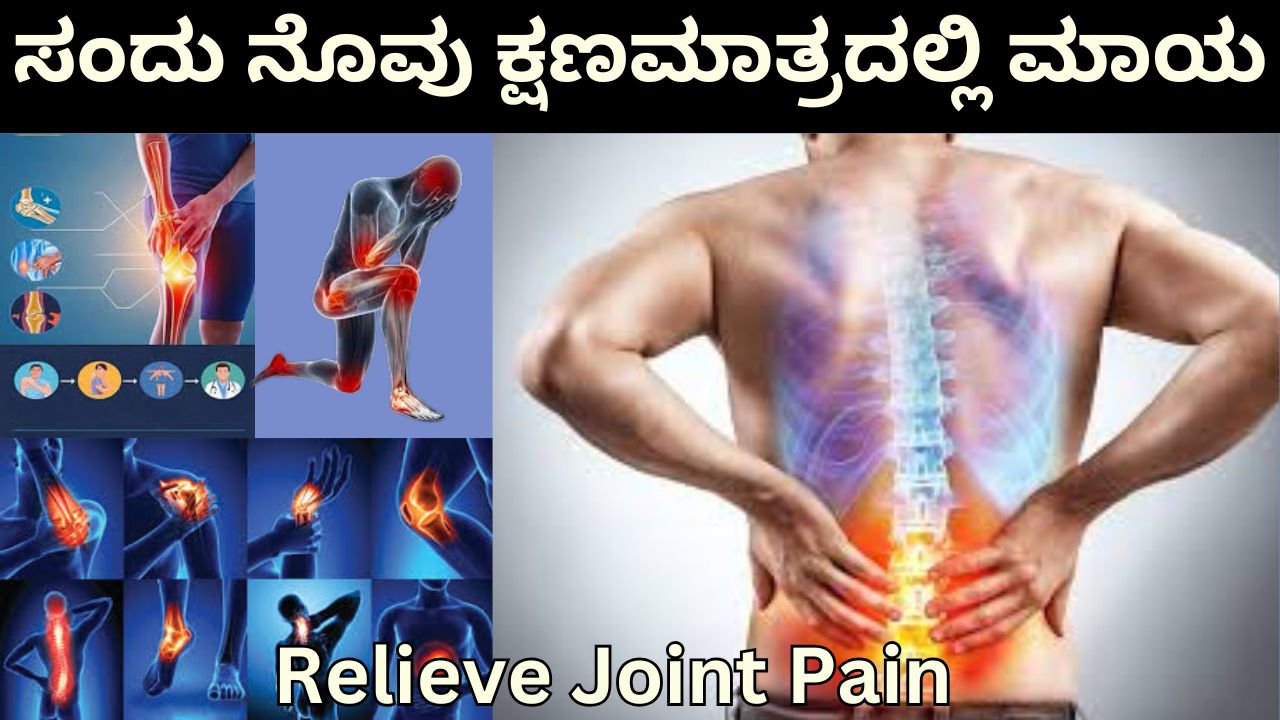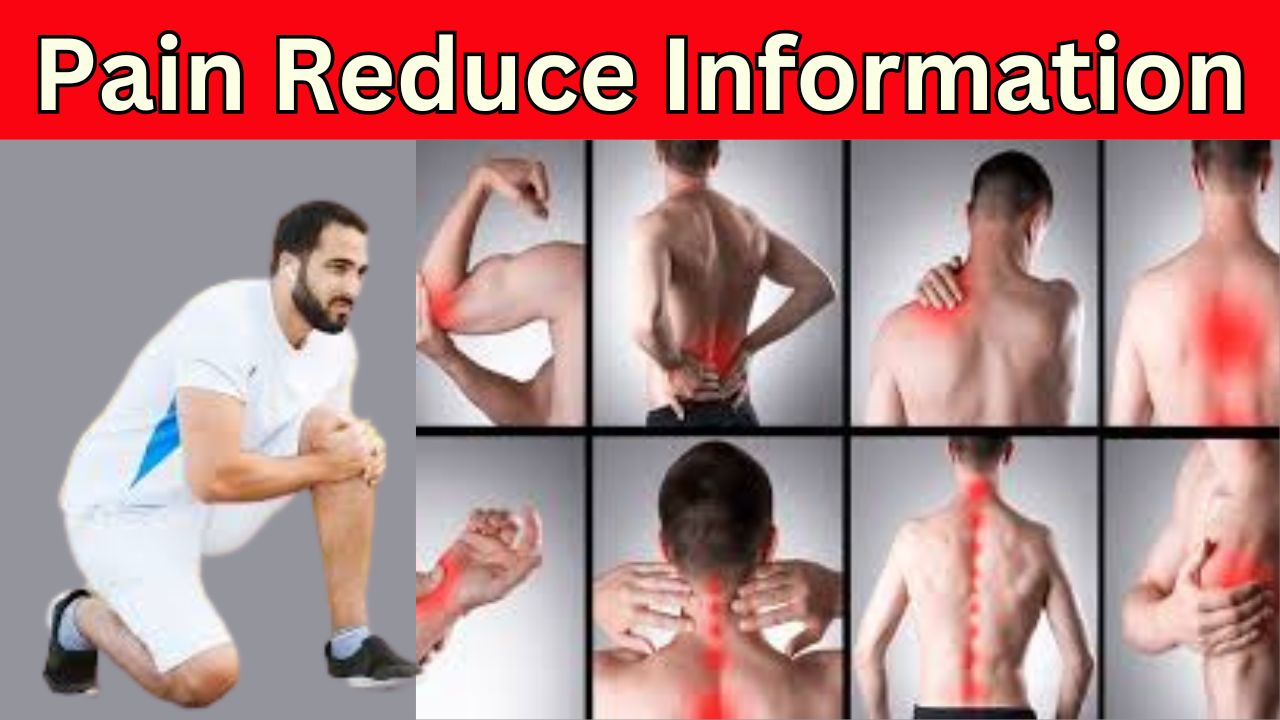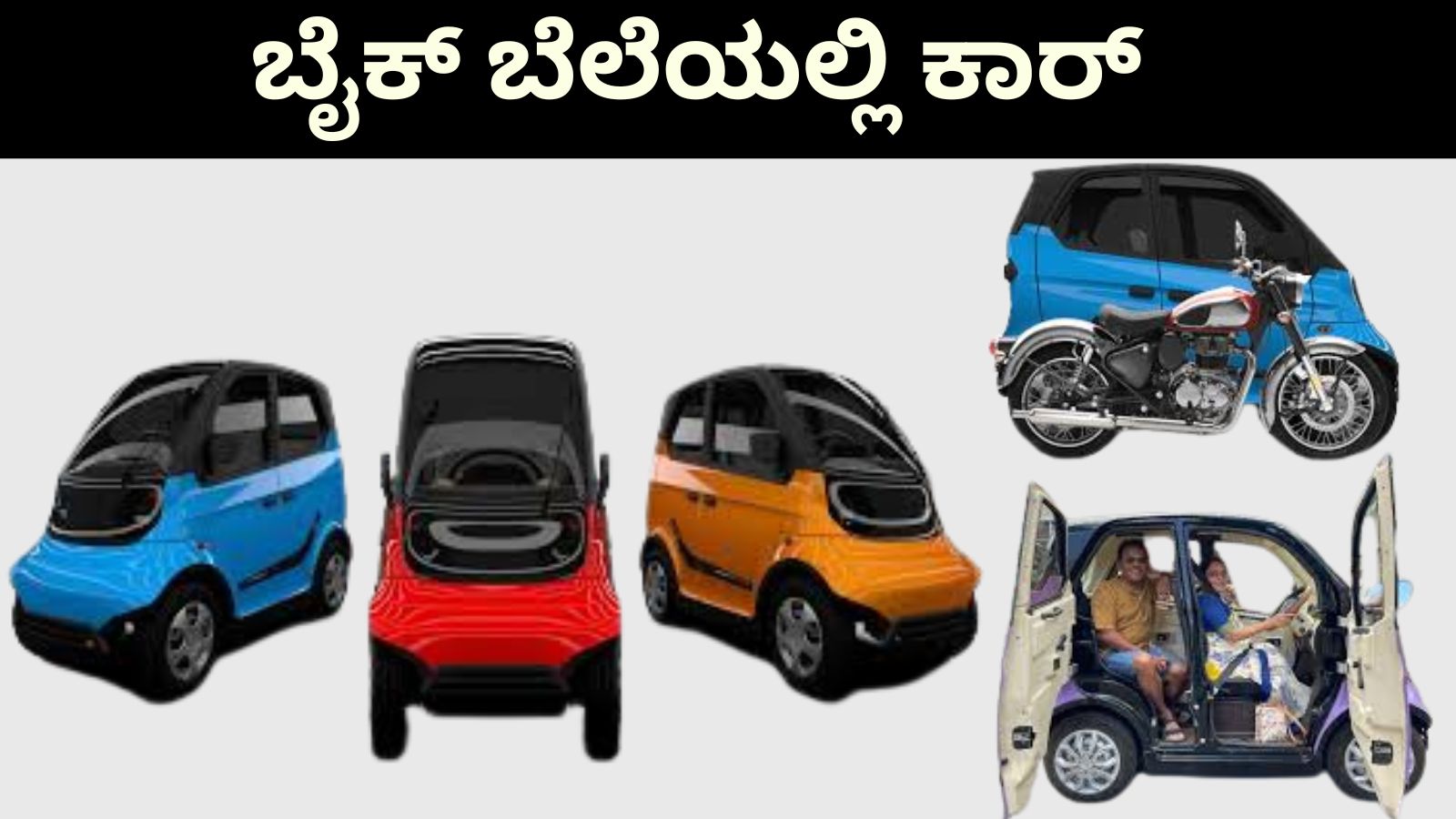Hairstyle design plays a crucial role in expressing individuality and enhancing one’s overall appearance. With a diverse array of hair textures, lengths, and face shapes, each design requires a unique approach to achieve the perfect look. From classic cuts to avant-garde styles, this comprehensive guide explores various categories of hairstyles and the techniques behind them, including short and long haircuts, layered and textured designs, as well as modern, braided, and retro-inspired styles.

Contents
- 1 1. Classic Hairstyles: Timeless Elegance
- 2 2. Layered Hairstyles: Dimension and Movement
- 3 3. Textured Hairstyles: Embracing Natural Beauty
- 4 4. Modern and Edgy Hairstyles: Pushing Boundaries
- 5 5. Braided and Updo Styles: Versatility and Elegance
- 6 6. Fade and Taper Styles: Clean and Defined
- 7 7. Retro-Inspired Hairstyles: Vintage Charm
- 8 8. Color-Based Hair Designs: Adding Dimension
1. Classic Hairstyles: Timeless Elegance
Classic hairstyles are enduring because of their simplicity and versatility. These styles have been staples for decades, adapting to trends while retaining their fundamental structure. Key classic styles include the bob cut, pixie cut, and blunt cut.
- Bob Cut: The bob is a chin-length haircut that is cut straight around the head, typically resting just below the jawline. It flatters various face shapes by accentuating the jawline and cheekbones. Modern versions include the asymmetrical bob, where one side is longer than the other, adding a contemporary twist. The long bob (lob) extends just past the shoulders, offering more versatility for styling while maintaining the clean lines of a classic bob.
- Pixie Cut: Characterized by its short length, the pixie cut is often cropped close on the sides and back while leaving slightly longer hair on top. This style frames the face and draws attention to the eyes and cheekbones. The pixie cut’s adaptability makes it ideal for those seeking a low-maintenance, stylish look that exudes confidence.
- Blunt Cut: Known for its sharp, uniform length, the blunt cut offers a sleek, polished appearance. It’s often seen on those with straight hair, as it provides a smooth, mirror-like finish. This cut works well with bangs, adding extra definition to facial features.
2. Layered Hairstyles: Dimension and Movement
Layered hairstyles add depth and movement to the hair, making them a popular choice for those with long or thick hair. Layers reduce weight while creating a dynamic, voluminous look.
- Long Layers: This design involves cutting hair into different lengths throughout, providing a sense of flow and reducing bulk. Long layers are ideal for thick hair, as they make it easier to style while retaining length. This technique also allows for effortless beach waves or loose curls, adding a natural bounce to the hair.
- Shag Cut: A shag cut is defined by choppy, textured layers that create a messy yet stylish look. It gained popularity in the 1970s and has made a resurgence due to its laid-back vibe. The layers in a shag cut are often feathered around the face, creating a soft frame that works well with various hair types, including straight, wavy, and curly textures.
3. Textured Hairstyles: Embracing Natural Beauty
Textured hairstyles are designed to enhance natural curls, waves, and kinks, making them ideal for those who want to work with their hair’s natural pattern rather than against it.
- Curly Haircuts: Curly hair requires special attention to shape and volume. The DevaCut or dry cut is a popular technique for curly hair, where each curl is cut individually while dry to maintain its natural shape. This method prevents shrinkage, ensuring that the curls retain their spring and definition.
- Wavy Styles: Soft waves create a relaxed, beachy look that is perfect for a casual aesthetic. This style can be achieved with texturizing products or heat styling tools like a curling wand. A layered approach is often used to give waves more body, allowing the hair to move naturally.
- Undercut: The undercut involves shaving or cutting the sides and back short while keeping the top longer. It can be adapted for both straight and textured hair, providing a striking contrast between the long and short sections. This style works well for those seeking an edgy, modern look.
4. Modern and Edgy Hairstyles: Pushing Boundaries
Modern hairstyle designs often feature bold cuts, asymmetry, and unusual shapes, allowing for creative self-expression. These styles push the boundaries of traditional haircuts, making them popular in fashion-forward circles.
- Asymmetrical Styles: Asymmetrical haircuts, like the asymmetrical bob or pixie, feature one side that is longer than the other. This creates a visually interesting shape that suits those looking for something a bit unconventional. It’s a great choice for straight or slightly wavy hair, as the sharp lines of asymmetry are more pronounced.
- Faux Hawk: Inspired by the classic mohawk, the faux hawk offers a less drastic approach. The sides are clipped shorter than the middle strip of hair, which is styled upward, creating the mohawk shape without the commitment of shaving the sides. This style is popular for its versatility and edgy appearance.
- Buzz Cut: The buzz cut is a minimalist style where hair is cut uniformly short all over the head, usually with electric clippers. It offers a clean, sharp look that is easy to maintain, making it a favorite among those who prefer a no-fuss hairstyle. The buzz cut can be paired with a fade for added dimension.
5. Braided and Updo Styles: Versatility and Elegance
Braids and updos are essential for creating intricate designs and structured looks, suitable for both casual and formal occasions. These styles range from simple three-strand braids to complex creations like box braids and updos.
- French Braids/Dutch Braids: French and Dutch braids are foundational styles. A French braid incorporates strands of hair into a central plait, resulting in a smooth braid that sits close to the scalp. The Dutch braid is similar but woven under instead of over, creating a more raised look. Both styles are versatile and can be worn as pigtails, crowns, or combined with buns.
- Box Braids: A protective style commonly seen in Afro-textured hair, box braids involve sectioning the hair into small squares and braiding each section. This style allows for length retention and minimal manipulation of natural hair, reducing breakage. Box braids can be styled into various updos, ponytails, or left loose.
- Bun Styles: Buns are classic and can be adjusted for various occasions. Messy buns create a casual, relaxed vibe, while sleek buns are perfect for formal settings. The low chignon is a popular wedding or red-carpet choice, where hair is gathered at the nape and twisted into a knot.
6. Fade and Taper Styles: Clean and Defined
Fades and tapers are popular choices, especially in men’s hairstyles, for their clean, structured appearance. They offer a variety of finishes, from sharp contrasts to more gradual blends.
- Low Fade: A low fade begins fading closer to the hairline, around the ears and neckline. This style offers a subtle transition between the shorter sides and the longer top, making it ideal for those who want a conservative, polished look.
- High Fade: Starting near the temples, a high fade creates a more dramatic contrast between the length on top and the closely cropped sides. It pairs well with modern styles like pompadours or textured crops, offering a bold, contemporary look.
- Taper Cut: A taper gradually shortens the hair from the top of the head down to the neckline, but without the sharp lines of a fade. It offers a classic and understated appearance, making it suitable for professional settings.
7. Retro-Inspired Hairstyles: Vintage Charm
Retro hairstyles bring back the charm of previous eras, often with a modern twist. These styles pay homage to the glamorous looks of the past.
- Finger Waves: A 1920s style that involves shaping the hair into S-shaped waves close to the scalp. The waves are typically set with gel or mousse and create a polished, vintage look.
- Victory Rolls: Popular in the 1940s, victory rolls are created by rolling sections of hair upward and pinning them in place. This creates volume and structure, often paired with curls or waves for a retro-inspired finish.
- Pompadour: A style where hair is swept upward and back from the forehead, creating volume at the front. The modern pompadour is often paired with a fade for a contemporary update to this classic look.
8. Color-Based Hair Designs: Adding Dimension
Color plays a significant role in modern hairstyle design. Techniques like balayage, ombre, and highlights add depth and dimension, transforming even the simplest of haircuts.
- Balayage: A freehand painting technique that creates a natural, sun-kissed effect. It is less structured than traditional highlights, offering a more blended and soft look. Balayage works on various hair colors, from blondes to brunettes and redheads.
- Ombre: The ombre technique involves a gradual shift from dark roots to lighter ends, creating a dramatic gradient. It’s a versatile style that can be subtle or bold, depending on the contrast between shades.
- Highlights/Lowlights: Adding highlights or lowlights creates a multi-dimensional appearance. Highlights lighten small sections to add brightness, while lowlights darken sections to create depth.
These categories and techniques form the foundation of hairstyle design. The key to successful styling lies in balancing creativity with an understanding of each client’s unique features and hair characteristics. Whether you’re opting for a timeless classic, a bold modern cut











